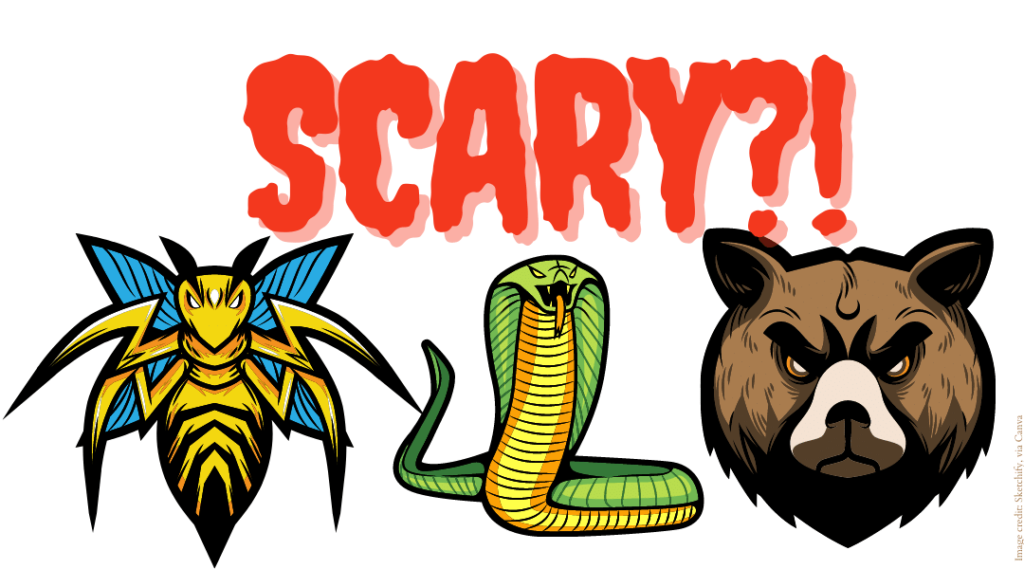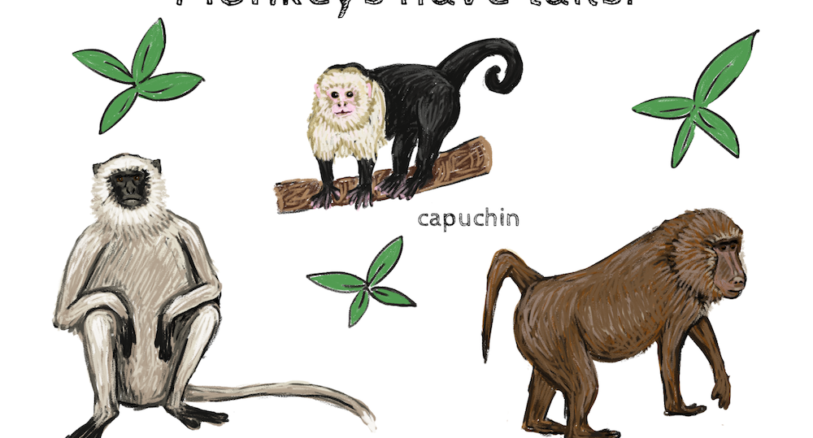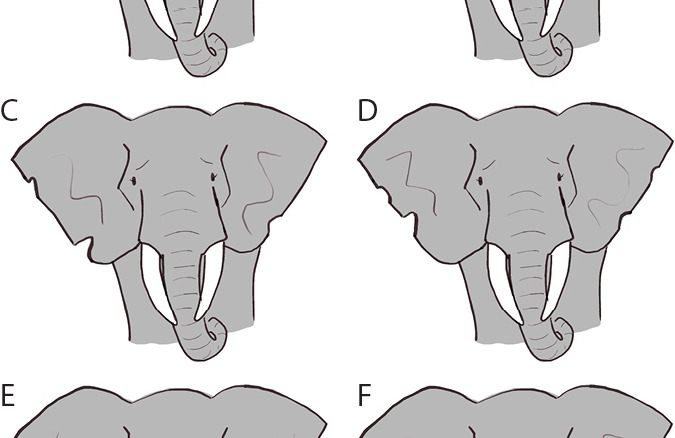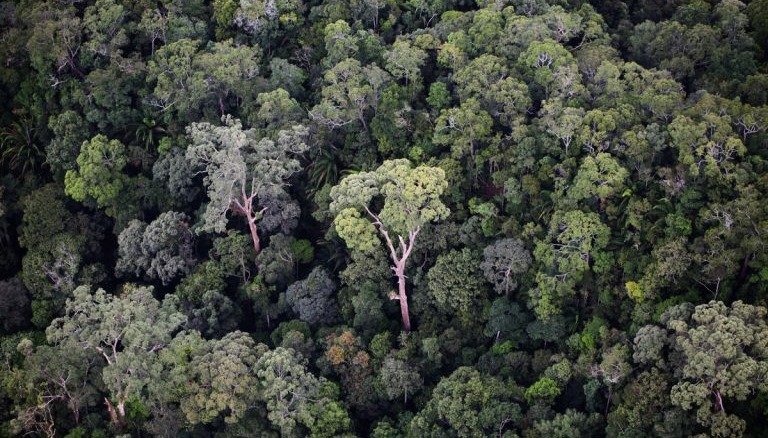
Spiders get a bad rap in the media. Many news articles about spiders contain factual errors. And they often exaggerate how dangerous and scary spiders are to humans. You can read more about this here.
It also appears that movies might make us scared of sharks.
Exaggerating or sensationalizing about how scary an animal is can have big consequences for animals and their conservation. When we’re scared of animals, we may be unwilling to take care of them and we sometimes even kill them (spiders in the house, for example), even though they pose little or no immediate risk to us.
This is problematic because each animal plays a role in the ecosystem where it lives. Spiders and sharks are important. And animals are not always as scary as they might seem.
Activity: Be a media detective: reveal the truth about scary animals
Educators: This activity can be used to guide a class discussion on sensationalism in the media. It can also be assigned as a writing activity.
STEP 1
Find a story (a news or magazine article, picture book, chapter book) or a video (YouTube video, cartoon, movie) that focuses on how scary an animal is. This shouldn’t be too hard.
- Here is a list of some animals that are often unfairly represented in the media: dingoes, sharks, crocodiles, bats, wolves, brown bears, spiders, snakes, jellyfish, bees, hornets, and ants.
- Look for words like “scary,” “dangerous,” “frightening,” “evil,” “killer,” and “venomous.”
STEP 2
Read your story or watch your video. Then, answer these questions. You will probably need to reference an encyclopedia, books, or online resources to fact-check your story or video.
- Do you think the scary animal is fairly represented in the story or video you chose?
- What language is used to make the animal appear scary? Think about adjectives like “dangerous,” “frightening,” and “deadly.” If you watched a video, what tone of voice did the narrator use? Was music used to convey a scary situation?
- Does the story or video contain images or colors that may make the reader or viewer fearful?
- Is the animal really as dangerous as the story or video implies? Or do you think the scariness of this animal is exaggerated?
- Does the story or video contain any factual errors?
- How often does this animal cause injury or death to humans? Are the risks of the animal to human health or life fairly portrayed?
- Why might a writer or video producer want to make an animal appear scary?
- Why is the animal in the story or video important? What is its role in the ecosystem?
- Are there better ways of talking about scary animals so that we, the audience, can appreciate the value of these animals in nature? For animals that are sometimes dangerous to humans, what steps can we take to safely coexist with these animals?
Extension activity: Rewrite the story you read or make a new video that more accurately describes the animal you researched.





